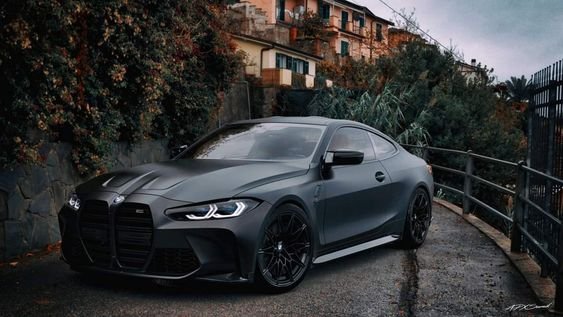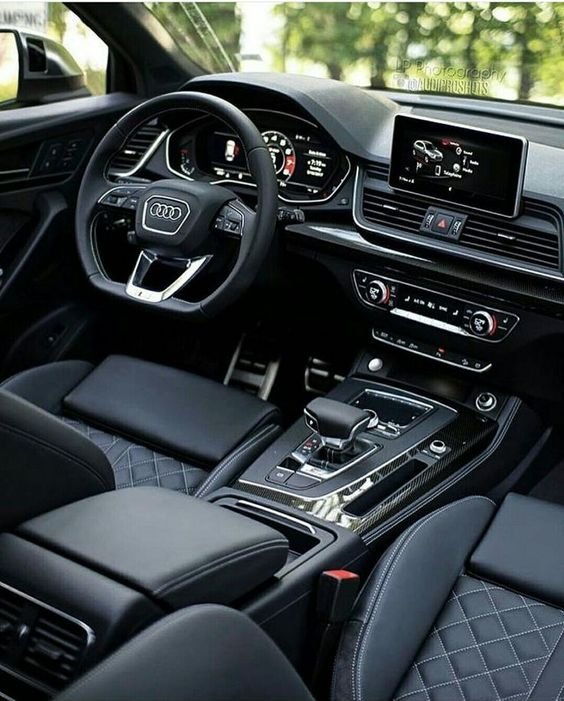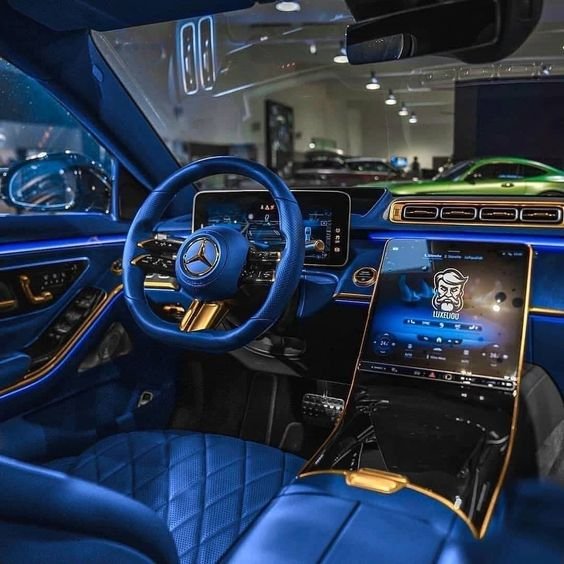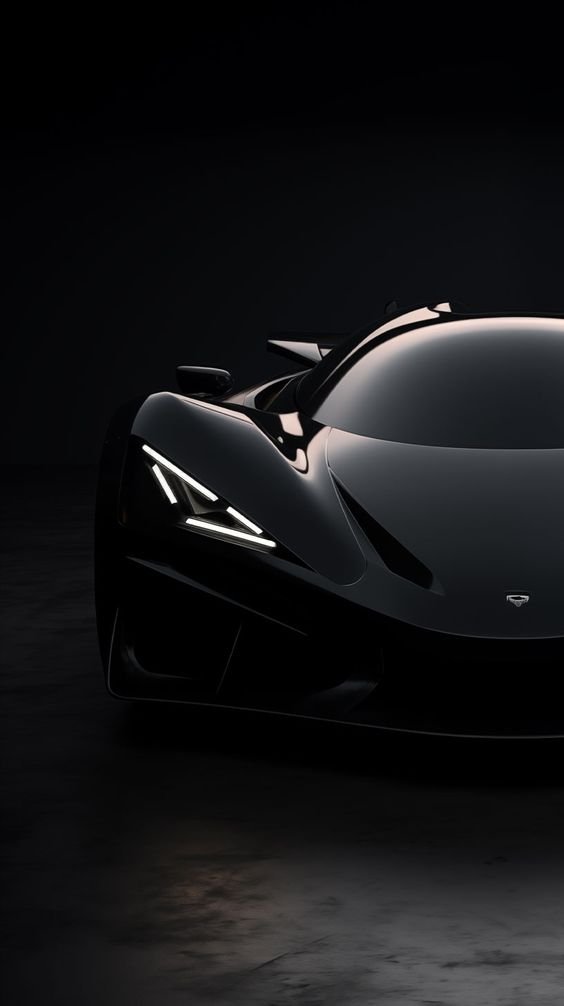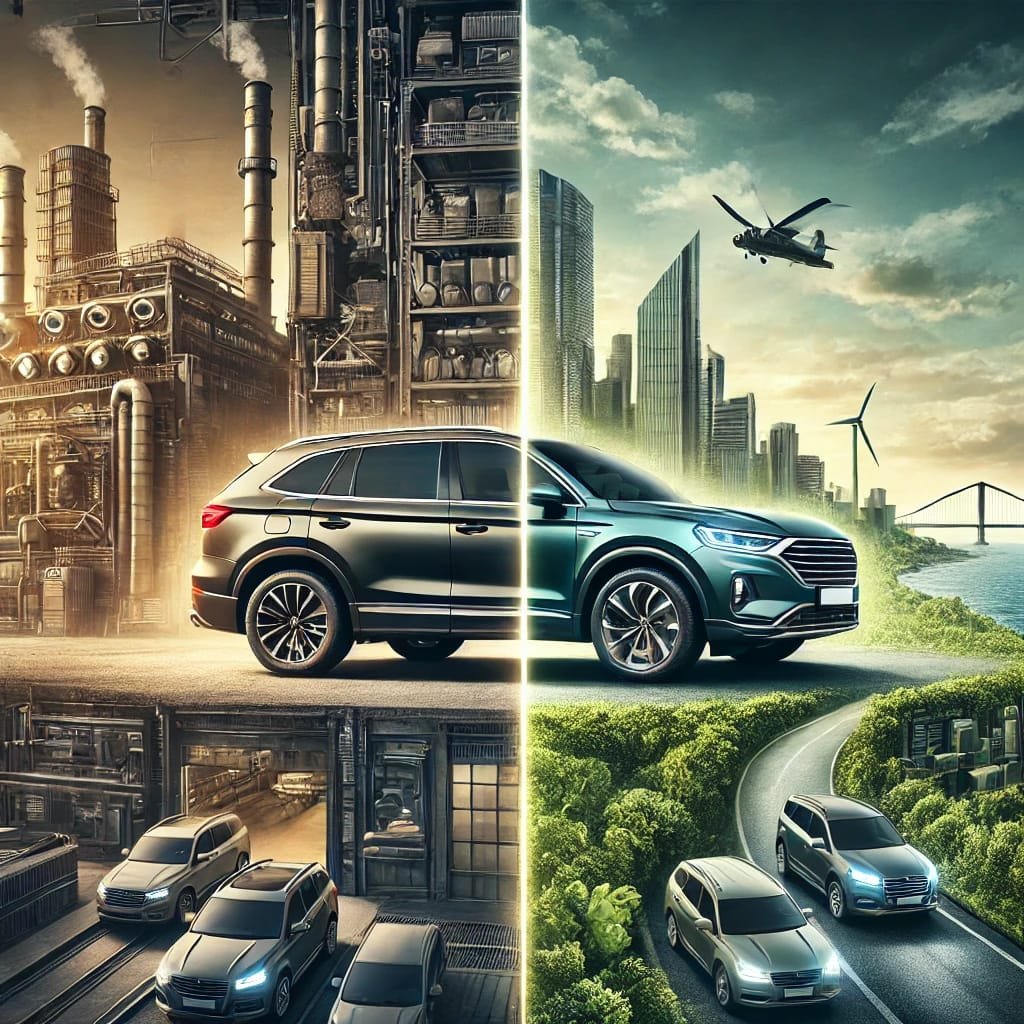
Renault and Nissan are two of the most prominent names in the global automotive industry. As strategic partners within the Renault-Nissan-Mitsubishi Alliance, both companies have shared resources, technology, and market strategies to become competitive forces. Despite their collaboration, Renault and Nissan maintain distinct identities, product lineups, and market strategies. This detailed article delves into the history, product offerings, technological advancements, market strategies, financial performance, and future prospects of Renault and Nissan, providing a comprehensive comparison of these two automotive giants.
1. Historical Background
Renault
Founding and Early Years
Renault was founded in 1899 by Louis Renault and his brothers Marcel and Fernand. The company quickly gained recognition for its innovative designs and engineering prowess. One of its early successes was the introduction of the direct drive gearbox, which became a standard feature in automobiles.
Post-War Growth
After World War II, Renault was nationalized by the French government. The company played a crucial role in rebuilding France’s economy by producing affordable and reliable cars. The Renault 4 and Renault 5 were among the best-selling models, contributing significantly to Renault’s growth.
Global Expansion
In the late 20th century, Renault expanded its presence globally through strategic acquisitions and partnerships. The formation of the Renault-Nissan Alliance in 1999 marked a significant milestone in its global expansion strategy.
Nissan
Founding and Early Development
Nissan, originally known as Datsun, was founded in 1933 in Japan. The company initially focused on producing small trucks and passenger cars. The Datsun brand gained popularity for its durability and affordability.
Post-War Recovery
Following World War II, Nissan focused on rebuilding its production capacity and expanding its product lineup. The introduction of the Datsun 510 and Datsun 240Z in the 1960s and 1970s helped Nissan establish a strong presence in international markets, particularly in the United States.
Formation of the Alliance
In 1999, Nissan faced financial difficulties and entered into a strategic alliance with Renault. This partnership allowed Nissan to restructure its operations, improve efficiency, and regain profitability.
2. Product Lineup
Renault
Hatchbacks and Sedans
Renault offers a diverse range of hatchbacks and sedans, catering to different market segments and consumer preferences.
- Renault Clio: A popular subcompact hatchback known for its stylish design, advanced technology, and fuel efficiency.
- Renault Megane: A compact car available in hatchback, sedan, and estate versions, offering a blend of performance and comfort.
- Renault Talisman: A mid-size sedan that combines elegance with advanced features and a spacious interior.
SUVs and Crossovers
Renault has expanded its SUV and crossover lineup to meet the growing demand for versatile and spacious vehicles.
- Renault Captur: A compact crossover that combines stylish design with practical features and advanced safety technology.
- Renault Kadjar: A mid-size SUV that offers a comfortable ride, modern technology, and efficient engines.
- Renault Koleos: A larger SUV designed for families, offering ample space, premium features, and a robust design.
Electric Vehicles
Renault is a pioneer in electric mobility, offering a range of electric vehicles (EVs) to promote sustainable transportation.
- Renault Zoe: A popular electric hatchback known for its impressive range, advanced technology, and affordability.
- Renault Twizy: A unique two-seater electric vehicle designed for urban mobility, offering a compact and eco-friendly solution.
- Renault Kangoo Z.E.: An electric version of the Kangoo van, providing a sustainable option for commercial use.
Nissan
Hatchbacks and Sedans
Nissan’s lineup of hatchbacks and sedans is designed to offer a balance of performance, technology, and affordability.
- Nissan Micra: A subcompact hatchback known for its compact design, fuel efficiency, and advanced safety features.
- Nissan Sentra: A compact sedan that offers a comfortable ride, modern technology, and a spacious interior.
- Nissan Altima: A mid-size sedan with advanced safety features, efficient engines, and a comfortable cabin.
SUVs and Crossovers
Nissan’s SUVs and crossovers are popular for their versatility, reliability, and advanced technology.
- Nissan Juke: A subcompact crossover with a distinctive design, sporty performance, and advanced features.
- Nissan Rogue: A compact SUV known for its spacious interior, advanced safety technology, and fuel efficiency.
- Nissan Pathfinder: A mid-size SUV designed for families, offering ample space, advanced features, and a comfortable ride.
Electric Vehicles
Nissan has been a leader in electric mobility, with a strong focus on innovation and sustainability.
- Nissan Leaf: One of the world’s best-selling electric cars, known for its impressive range, advanced technology, and affordability.
- Nissan Ariya: An all-electric crossover that combines stylish design, advanced technology, and a long-range battery.
3. Technological Advancements
Renault
Advanced Driver Assistance Systems (ADAS)
Renault has integrated advanced driver assistance systems across its vehicle lineup to enhance safety and convenience.
- Easy Drive: A suite of features that includes adaptive cruise control, lane-keeping assist, and automatic emergency braking.
- Easy Park Assist: A system that helps drivers park with ease by providing automated parking assistance.
Electric Vehicle Technology
Renault is committed to advancing electric vehicle technology to promote sustainable mobility.
- Z.E. 50 Battery: The latest battery technology in the Renault Zoe, offering an extended range and faster charging capabilities.
- Regenerative Braking: A system that recovers energy during braking and stores it in the battery, enhancing efficiency.
Nissan
ProPILOT Assist
Nissan’s ProPILOT Assist is an advanced driver assistance system designed to improve safety and convenience.
- Adaptive Cruise Control: Maintains a set distance from the vehicle ahead, adjusting speed as necessary.
- Lane Centering: Keeps the vehicle centered in its lane, reducing driver fatigue on long journeys.
Electric Vehicle Innovations
Nissan has been at the forefront of electric vehicle innovation, continually improving its EV technology.
- e-Pedal: A feature that allows drivers to accelerate, decelerate, and stop using only the accelerator pedal, enhancing driving convenience.
- CHAdeMO Charging: A fast-charging system that significantly reduces charging time, making EVs more practical for daily use.
4. Market Strategies
Renault
Global Expansion
Renault’s market strategy focuses on expanding its presence in key markets around the world.
- Europe: Renault maintains a strong presence in Europe, with a diverse product lineup catering to different segments.
- Emerging Markets: Renault has targeted emerging markets, such as India and Brazil, by introducing affordable and versatile vehicles.
Alliance Synergies
Renault leverages its partnership with Nissan and Mitsubishi to enhance efficiency, reduce costs, and share technology.
- Shared Platforms: Utilizing shared platforms and components to streamline production and reduce development costs.
- Collaborative R&D: Joint research and development efforts to accelerate innovation and bring new technologies to market.
Nissan
North American Focus
Nissan’s market strategy emphasizes its strong presence in North America, one of its key markets.
- United States: Nissan offers a diverse range of vehicles tailored to American consumers, from compact cars to large SUVs.
- Canada: Similar to the U.S., Nissan targets Canadian consumers with a lineup that addresses local preferences and needs.
Electric Vehicle Leadership
Nissan aims to maintain its leadership in the electric vehicle market through continuous innovation and expansion of its EV lineup.
- Global EV Strategy: Expanding the availability of electric vehicles across different markets, including Europe, Asia, and North America.
- Sustainability Goals: Committing to sustainability initiatives, such as reducing carbon emissions and promoting renewable energy.
5. Financial Performance
Renault
Revenue and Profitability
Renault has experienced fluctuations in revenue and profitability due to market conditions, regulatory changes, and economic factors.
- Revenue Trends: Renault’s revenue has shown variability, with challenges in certain markets offset by growth in others.
- Profit Margins: Profitability has been impacted by factors such as production costs, currency fluctuations, and regulatory compliance.
Strategic Investments
Renault has made strategic investments to support its long-term growth and innovation goals.
- R&D Expenditure: Significant investment in research and development to drive technological advancements and product innovation.
- Global Partnerships: Forming partnerships and alliances to enhance market presence and share resources.
Nissan
Revenue and Profitability
Nissan’s financial performance has been influenced by market dynamics, competitive pressures, and strategic decisions.
- Revenue Trends: Nissan’s revenue has experienced fluctuations, with strong performance in certain regions offset by challenges in others.
- Profit Margins: Profitability has been affected by factors such as production efficiency, marketing expenses, and regulatory compliance.
Strategic Investments
Nissan has made strategic investments to support its growth and innovation initiatives.
- Electric Mobility: Significant investment in electric vehicle technology and infrastructure to maintain leadership in the EV market.
- Global Expansion: Expanding production capacity and market presence in key regions to drive growth and competitiveness.
6. Future Prospects
Renault
Electric and Autonomous Vehicles
Renault is committed to advancing electric and autonomous vehicle technology to meet future mobility needs.
- Electric Vehicle Expansion: Introducing new electric models and expanding the availability of EVs in key markets.
- Autonomous Driving: Developing autonomous driving technology to enhance safety and convenience for drivers.
Sustainability Initiatives
Renault aims to promote sustainability through its products and operations.
- Carbon Neutrality: Committing to achieving carbon neutrality across its operations and product lineup.
- Circular Economy: Implementing circular economy principles, such as recycling and sustainable sourcing, to reduce environmental impact.
Nissan
Electric and Autonomous Vehicles
Nissan’s future strategy focuses on leading the electric and autonomous vehicle revolution.
- EV Portfolio Expansion: Expanding the electric vehicle lineup to include new models and cater to different market segments.
- Autonomous Technology: Advancing autonomous driving technology to improve safety, efficiency, and user experience.
Sustainability Goals
Nissan is dedicated to promoting sustainability and reducing its environmental impact.
- Carbon Neutrality: Committing to achieving carbon neutrality by 2050 through sustainable practices and innovative technologies.
- Sustainable Manufacturing: Implementing sustainable manufacturing processes, including the use of renewable energy and eco-friendly materials.
Renault and Nissan are two formidable players in the global automotive industry, each with its unique strengths, strategies, and challenges. While they share a strategic alliance and collaborate on various fronts, they maintain distinct identities and market approaches. Renault’s focus on electric mobility, global expansion, and innovation positions it well for future growth. Nissan’s emphasis on electric vehicles, autonomous driving, and sustainability initiatives underscores its commitment to leading the automotive industry’s transformation. As the industry continues to evolve, both Renault and Nissan will play crucial roles in shaping the future of mobility, leveraging their expertise, resources, and innovative spirit to meet the changing needs of consumers and the planet.

